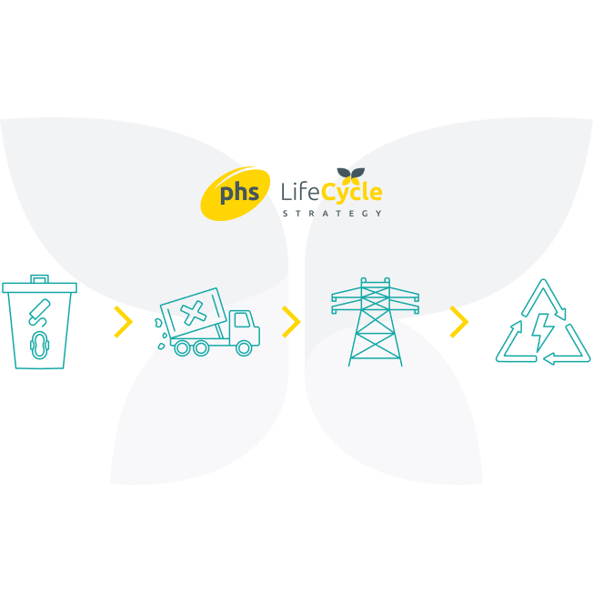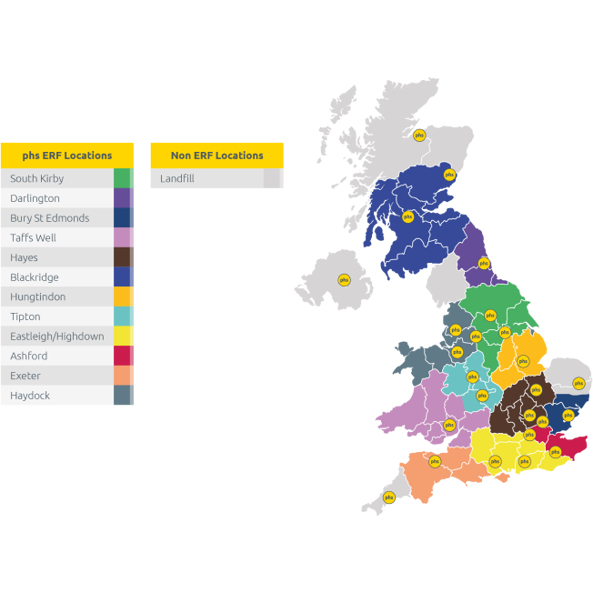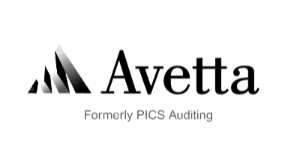phs Group has acquired Citron Hygiene UK - we’re here to support you. Read our customer FAQs and find our contact details here.
Transforming the future of waste management
As market leaders in the hygiene industry, at phs we believe we have a responsibility to create lasting change when it comes to waste management. As our operations generate a significant amount of hygiene waste, it’s our duty to deal with it responsibly.
Through our LifeCycle Strategy, we annually divert 55,000 tons of offensive waste away from landfill.
What is the phs LifeCycle Strategy?
The hygiene waste we collect from our customers is redirected to state-of-the-art energy-from-waste (EfW/ERF) facilities across the country. It is then turned into a source of renewable energy and used to power schools and industries via the National Grid.
This process not only minimises our own carbon footprint, but it also minimises our customers’, making phs a partner of choice.

Diverting customer hygiene waste away from landfill
With an aim of reaching up to 95% landfill diversion, we are well underway to achieving our goal. In 2023, we hit 92% diversion from landfills week in, and week out. Areas such as London and the Midlands have been zero to landfill for over 3 years.
We are the only hygiene provider in the UK that can provide this sort of commitment, thanks to our partnership with the EfW/ERF network across the UK.
Only the remote geographical areas with a lack of energy-from-waste infrastructure go to landfill, but as energy-from-waste availability increases in these areas, we will do our best to divert where possible.

Leading the way
At phs, we lead the way in hygiene services, putting people at the heart of our products and services so we have a responsibility of doing the right thing by people and the communities we serve, and the environment.
We recognise that there is still much work ahead, and we are committed to making a lasting impact. Please read our annual ESG reports here.
Our commitment doesn’t end in the UK. We have also partnered with Panda to ensure all customer hygiene waste in Ireland is diverted away from landfill and turned into an alternative fuel source used to power cement kilns.

































